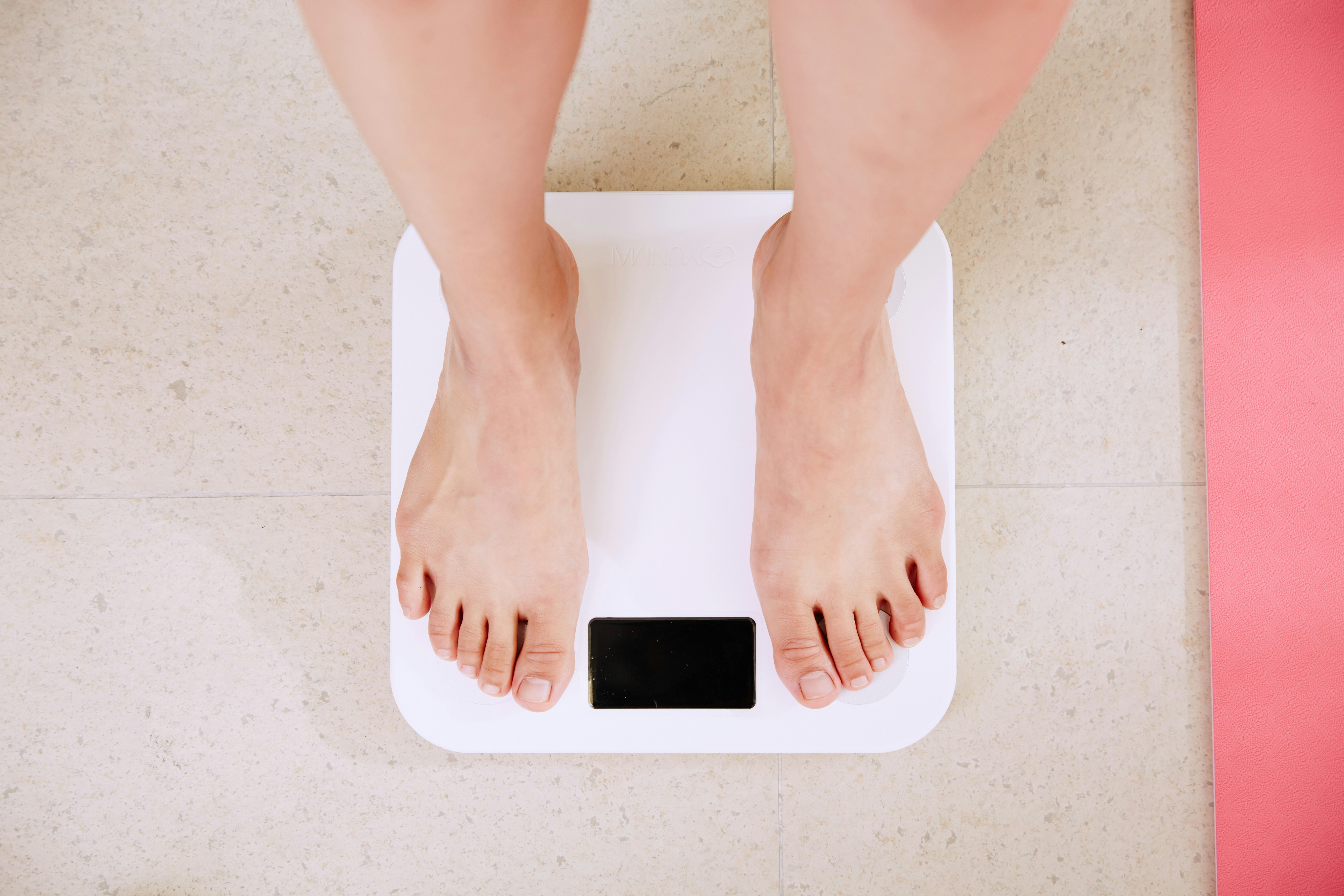
How Smart Scales and Body Composition Analyzers Revolutionize Health Tracking
Modern smart scales provide much more information than a simple weight reading. These devices use bioelectrical signals to estimate muscle mass, body fat percentage, and hydration levels. When you step on the scale, it sends a low electrical current through your body to distinguish lean tissue from fat. By syncing with phone apps, smart scales allow you to monitor your progress over days and weeks. With this detailed feedback, you can notice subtle changes in your body composition and make timely adjustments to your daily routine for better results.
Scales have advanced significantly. Where basic models only displayed pounds or kilos, today’s tools provide detailed data. They show everything from bone density estimates to metabolic rate. That depth makes it easier to set realistic goals and see progress beyond the bathroom scale. Tracking becomes motivating when you observe fat decrease and muscle increase.
How Smart Scales Function
- Bioelectrical impedance analysis: Sends a safe, low-voltage current through your body.
- Multiple sensors: Measure resistance at different foot positions for higher accuracy.
- Wireless synchronization: Connects via Wi-Fi or Bluetooth to mobile apps for instant feedback.
- Multi-user support: Records data for several profiles, ideal for families or small groups.
- Automatic recognition: Identifies users by weight and previous readings, then logs results.
Each feature adds convenience and clarity. Sensors placed under each foot read body resistance at multiple points. That detail improves estimates of body composition. Apps often display simple graphs that highlight weekly changes. Seeing those charts fosters a sense of control and motivation.
Important Metrics to Monitor
- Body Fat Percentage: An essential indicator of overall health and injury risk.
- Lean Mass: Measures muscle, organs and bone strength.
- Hydration Level: Indicates water balance, vital for performance.
- BMI (Body Mass Index): Offers a rough estimate of weight relative to height.
- Basal Metabolic Rate (BMR): Shows calories burned at rest.
Tracking body fat percentage helps identify trends that weight alone cannot reveal. If total weight remains steady but fat decreases, you are building healthy muscle. Hydration levels vary daily, so analyzing longer trends makes sense. Apps often alert you to sudden dips that may indicate dehydration or illness.
BMI has limitations but still helps compare numbers over months. It does not distinguish fat from muscle, so lean mass readings fill that gap. BMR provides insight into how many calories you need daily. Adjusting your intake to that number makes calorie plans more accurate.
Advantages of Body Composition Analysis
- Personalized feedback: Highlights areas for strength or endurance training.
- Safe goal setting: Minimizes risks of overtraining or underfueling.
- Behavior insights: Logs plateaus and spikes to refine routines.
- Motivational boost: Celebrates non-scale victories like muscle gains.
- Injury prevention: Tracks muscle imbalances that can cause strain.
Those advantages make tracking feel like a science experiment you conduct on yourself. Clear data points reveal how changes in diet or workouts impact your body. You shift from guessing to a fact-based plan. That change keeps routines fresh and results consistent.
By detecting muscle imbalances early, you can modify workouts to prevent injuries. Quick feedback also helps identify dehydration or nutritional deficiencies before they affect performance. That proactive approach encourages a balanced view of health.
How to Choose the Right Device
Picking a model depends on two questions: Which metrics matter most? And which platform syncs with your phone or watch? If you use a specific app to track workouts, find a scale that integrates smoothly. Many top models connect to *Fitbit*, *Garmin*, or *Apple Health*.
Accuracy varies by brand and price. Entry-level units provide reliable weight and fat readings. Higher-end versions add muscle mass, bone density and heart rate estimates. Consider your budget and long-term needs. A durable model that lasts five years can justify a higher cost.
Practical Tips for Daily Use
- Weigh yourself at the same time each day, preferably first thing in the morning.
- Stand still with bare feet aligned to the sensors.
- Place the device on a hard, level surface for accurate readings.
- Sync data immediately to prevent missing or duplicate entries.
- Review weekly summaries instead of focusing on daily fluctuations.
Maintaining consistency in your routine improves the quality of insights. Daily measurements feed the algorithm behind the scenes, smoothing out anomalies. That process provides a more accurate picture of body changes. Monitoring weekly trends keeps you focused on long-term improvements.
Apps often send notifications or tips based on your progress. Pay attention to those prompts. They may suggest hydration reminders or rest days if signs of fatigue appear. Let the device guide you toward smarter choices.
*Smart scales* and body composition analyzers provide detailed insights beyond simple weight, helping you track real progress and stay aligned with your goals.